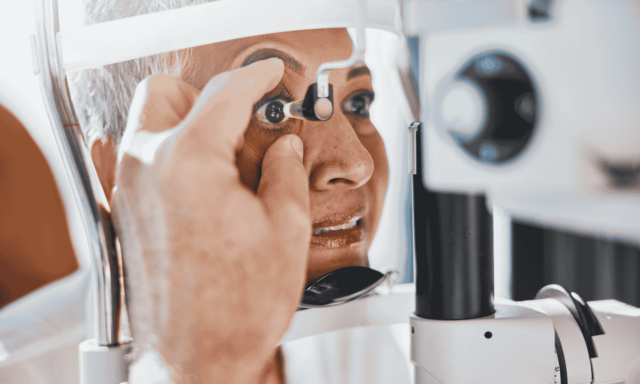Glaucoma is the leading cause of irreversible blindness, often sneaking up on patients with little to no warning. Screenings are incredibly important, and with the rise of artificial intelligence, your early detection toolkit is poised to get a serious upgrade.
Recent studies are shedding light on AI’s potential to make glaucoma screening more accurate, efficient, and equitable. But how will this tech ultimately fit into your daily practice? Let’s take a look at the latest and break it down.
AI that sees what you see — and more
A new study published in npj Digital Medicine introduced an AI model designed to detect glaucomatous optic neuropathy (GON) using retinal images. It has been trained to perform equitably across diverse populations, addressing concerns about racial and ethnic bias in AI-based healthcare tools. That’s a big deal, considering many AI models have struggled with accuracy discrepancies among different demographics.
A study in Scientific Reports took things a step further, using optical coherence tomography (OCT) combined with explainable AI to both detect glaucoma and assess its stage. What makes this unique? Instead of just spitting out results, the AI actually shows you how it reached its conclusion, making it easier for you to trust and interpret its findings.
What does this mean for ODs?
These updates are in line with the general promise of AI in clinical applications. It brings us a couple steps closer to faster, more reliable screenings to improve early detection — AI can process thousands of images in a fraction of the time it takes a human, which will help flag at-risk patients sooner.
It’s also some positive movement on the crucial issue of AI diagnostic accuracy and fairness across all patient demographics.
Down the line, as the tech becomes even more refined, expect a boost to your clinical confidence. In the study above, AI paired with OCT didn’t just provide a “black box” result but also highlighted why an image was flagged, meaning it can reinforce your clinical judgment.
AI can’t replace the gold standard
A recent Q&A from The American Journal of Managed Care reminds us that early detection still depends on consistent screenings. No matter how advanced AI gets, nothing replaces getting patients in the exam room for routine eye exams.
Time for a grain of salt: AI is full steam ahead, but there are constant reminders that we’re not quite there yet. A systematic review highlighted in News-Medical back in October revealed that only 5% of healthcare evaluations for large language models (LLMs) incorporate real patient data. This gap is a major red flag for concerns about the applicability of AI tools in clinical environments. Moreover, the review identifies significant deficiencies in assessing bias and fairness within these models. So, while the new npj Digital Medicine study rightly addresses equity and bias, let’s be clear: There’s still much need for more comprehensive evaluation methods and training models.
Final thoughts
As you’re well aware, AI is evolving fast. Stay informed. Ask the right questions! If AI tools are to be considered for your clinic, dig into their validation studies. Are they tested on populations similar to your patients? Are they FDA-approved?
The goal is for you to be able to catch glaucoma earlier and reduce disparities, and ultimately preserve more vision. As we and others have said many times, AI ought to be viewed as a powerful assistant, not a substitute for clinical expertise. We’re getting closer.





